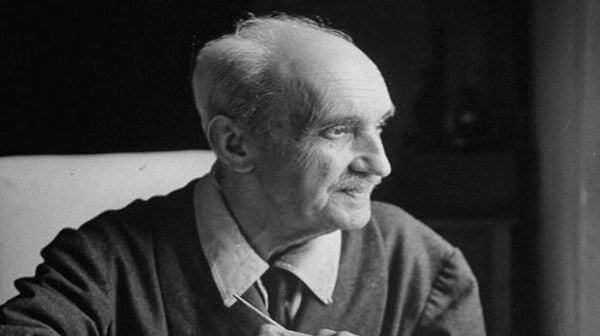Table of Contents
George Santayana Wiki
Name: Georg Agustin Nicolas Ruiz de Santayana y Borras.
Born: December 16, 1863, Madrid, Spain.
Father : Not Known
Mother: Josephina Borrus.
George Santayana Early Life
George Egstein Nicholas Ruiz de Santayana y Borrus, known in English as George Santayana, was a philosopher, essayist, poet, and novelist. Originally from Spain, Santayana was raised and educated in the United States from the age of eight and identified herself as an American, although she always held a valid Spanish passport. He wrote in English and is generally considered an American man of letters.
At the age of forty-eight, Santayana left her post at Harvard and returned to Europe permanently, never to return to the United States.
Sanatan is known for arousal, such as “those who cannot remember the past, are condemned to repeat it”, “only the dead have seen the end of the war”, and the definition of beauty as “pleasure.” ” is referred to as. Although an atheist, he cherished the Spanish Catholic values, practices and worldview in which he was raised. Santayana was a broad cultural critic on many topics. He was deeply influenced by Spinoza’s life and thought; And, in many cases, was a dedicated Spinogeist.
George Santayana was born in Madrid to Spanish parents. He never renounced his Spanish citizenship, and, although he was to write in English with subtlety and finesse, he did not begin to learn that language until he joined his mother in 1872 in Boston. Santayana was to live mostly in New England for the next 40 years.
He graduated from Boston Lem School and Harvard College in 1886. He then spent two years at the University of Berlin before studying in philosophy, returning to Harvard after completing his doctor’s thesis with practical doctor William James.
He joined the Faculty of Philosophy in 1889, a spectacular triumph of philosophers with James and the idealist Josiah Royce. Nevertheless his attachment to Europe was strong. He spent his summers in Spain with his father, visited England, and spent his resting days abroad: at the University of Cambridge, Italy and the East, and at the Sorbonne.
He started writing at Harvard. The Sense of Beauty (1896) was an important contribution to aesthetics. The essay, which deals with the nature and elements of aesthetic feelings, posits that anything is beautiful “virtually to establish an ideal” and to understand why something is considered beautiful, it can be seen from those evanescent ideals. Enables to separate. That, springing from more fundamental sentiments, are “comparatively permanent and universal.”
Next to Ralph Waldo Emerson, Santayana is one of the best writers of the classical American tradition. Most philosophers tend to read Santoshi as a literary person (who he is) rather than a serious person (who he is also), a part of which has to do with the fact that his publications strike in both directions simultaneously. Do: An asymmetry from the perspective A public that excludes two areas of interest.
His philosophical works reflect two distinct periods, the early “humanist” period in which he wrote The Sense of Beauty (1896), Interpretation of Poetry and Religion (1900), and the five-volume The Life of Reason (1905–6). Composed; And later the “oncological” period that spawned Scapticism and Animal Faith (1923), and the four-volume oncology titled Realms of Being (between 1927 and 1940).
Santayana sometimes even canceled her earlier work, part of which was the balance of academic life. He spoke several times about the Life of Reason series, particularly for his engagement with the progressivism of the day, and was later written by Santayana and his late life personal assistant and secretary, Daniel Corey, intent on removing parts of it Edited from More humanitarian overtones.
Quotes by George Santayana are famous to this day, in which “those who do not remember the past are condemned to repeat it” and “only the dead have seen the end of the war”. He is remembered for his arousal, which has been used to such an extent that he has become a cliché. He led a secluded life and never married, thus he had no children. He died in Italy on September 26, 1952 when he was sleeping at the age of 88.

